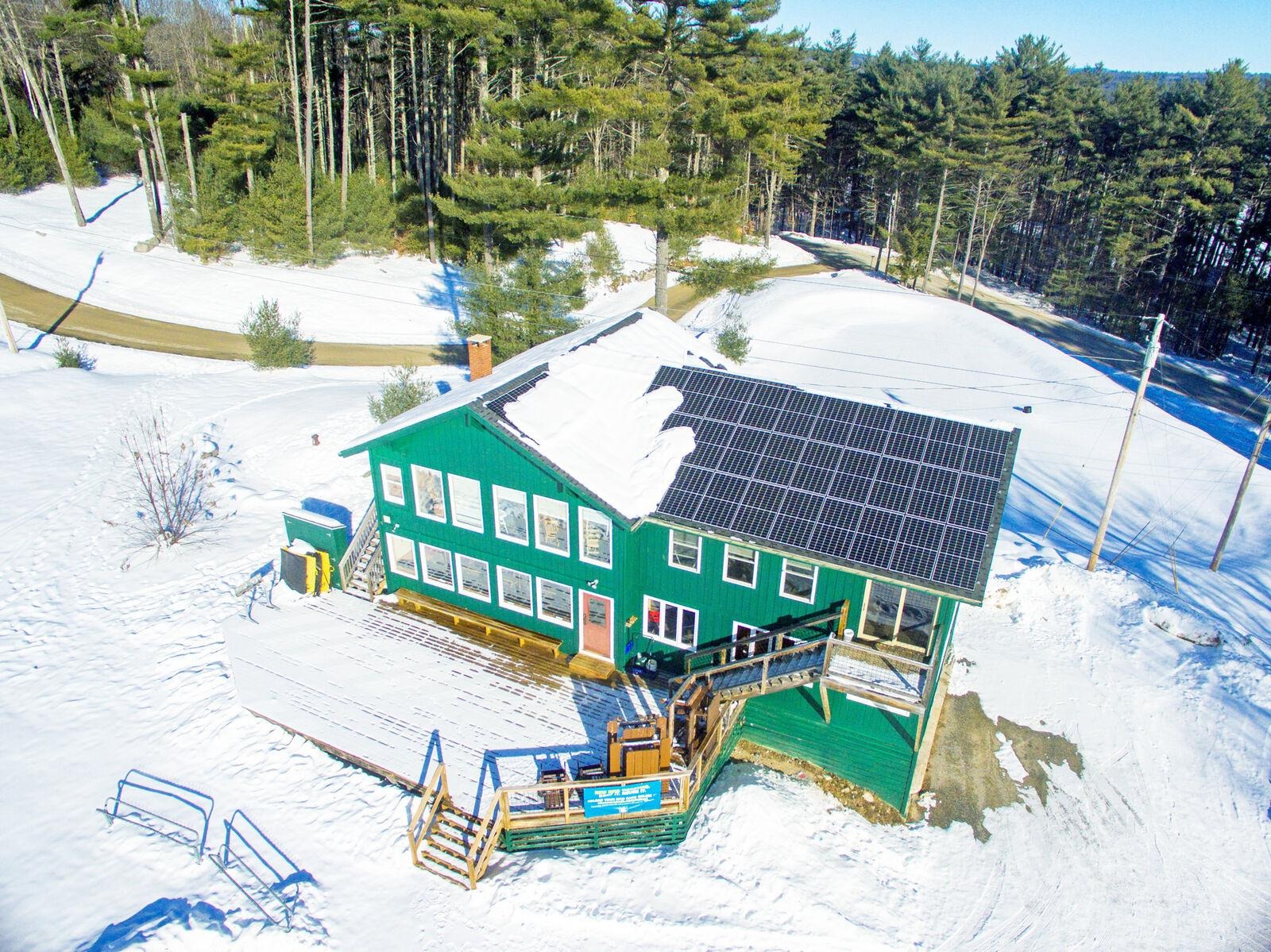
Solar generators are often promoted as all-season, all-purpose power solutions. But performance takes a sharp hit in cold weather, especially in sub-zero conditions. Battery issues, solar panel inefficiencies, and poor design choices combine to make most models unreliable when you need them most.
Key Highlights
- Cold temperatures lower battery capacity and slow internal chemical reactions.
- Many solar generators lack thermal regulation features.
- Lithium-ion batteries suffer more in freezing temperatures.
- Charging efficiency drops significantly in low sunlight and cold air.
- Manufacturers rarely test products in realistic winter environments.
- Quality batteries and thermal management can improve winter reliability.
Cold Air, Cold Batteries, Cold Power Output
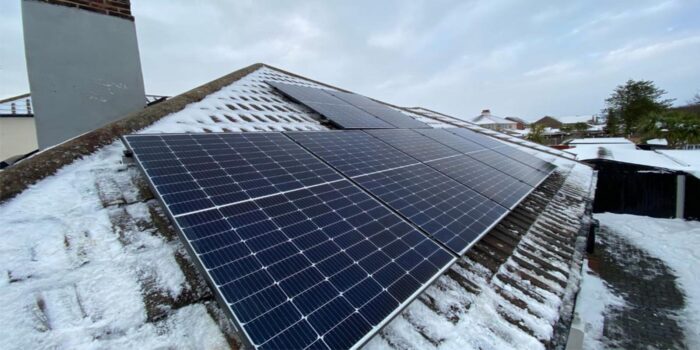
Most solar generators rely on lithium-ion batteries. These batteries use a chemical reaction to store and release energy. Cold weather slows the chemical activity, limiting how much power the battery can deliver. Once temperatures dip below freezing, even the best cells drop to about 60–70% of their rated output.
What makes the problem worse is that many solar generators are not insulated or protected against extreme temperatures. Without internal heating elements or thermal buffering, the battery gets cold and stays cold. Once it drops below 0°C, the generator either shuts down or performs at a fraction of its rated power.
Some users try to compensate by keeping their units indoors or in insulated bags, but that’s not a full solution. When solar panels stay outside and batteries stay inside, you end up with wiring challenges, voltage inconsistencies, and charging inefficiency.
Why Charging Takes Longer in Winter
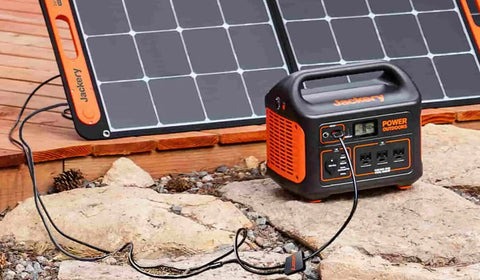
Even if your solar generator still powers on, recharging it becomes a problem.
Cold air reduces the output of solar panels. Panels produce electricity from sunlight, not heat, but when the panels themselves are cold and the sun is low on the horizon, the voltage they generate drops. On overcast days, charging may stall completely.
Pair this with a battery that has already lost 30% of its capacity, and the recharge window becomes too short. Some setups never reach a full charge during winter daylight hours, especially if snow or ice covers the panels.
This underperformance isn’t just theoretical—it affects real use. Many users report overnight depletion of batteries and slow recharging that makes solar backup unreliable during winter outages.
Internal Heating and Battery Chemistry Matter
Not all solar generators are built the same. Higher-end models integrate battery heaters, thermal management systems, and cold-resistant cell chemistry.
What separates performance brands is their use of LiFePO4 batteries, which handle cold better than standard lithium-ion models. Others use automatic battery heaters to keep cells above 0°C even in freezing weather. Those features aren’t standard—and they cost more—but they do work.
That’s why businesses and industrial buyers often avoid consumer-grade solar gear. Instead, they buy from specialists who know the electrical and thermal limits of battery technology.
One standout option in this space is GTK Marine Power. As one of Malta’s top battery distributors, GTK Marine Power offers high-quality solar, AGM, and deep cycle batteries that work well in both commercial and residential systems. They stock batteries designed for extreme use, and their product selection includes models that perform better in low temperatures.
For anyone serious about off-grid or backup power, it’s better to get hardware that was built for demanding environments, not just sunny ones.
Problems Hidden in Product Marketing
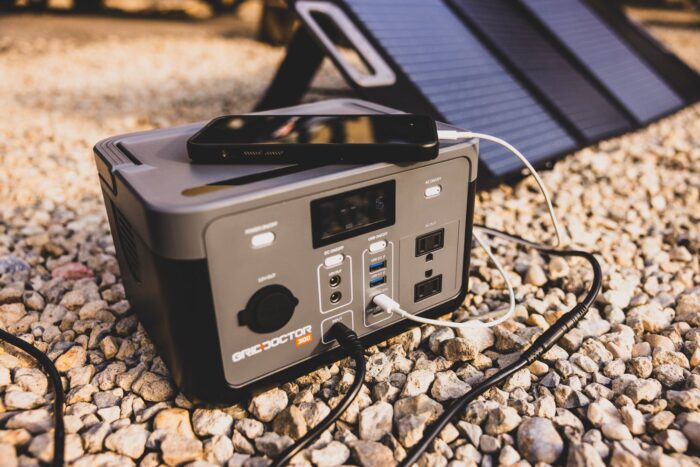
Most solar generator ads focus on peak capacity, fast charging, and portable design. They rarely mention the weather.
Here’s the catch: those advertised specs come from lab tests done at room temperature—usually around 20 to 25°C. Cold weather testing isn’t a requirement, and many brands don’t include it at all. That means advertised runtime, recharge speed, and watt-hour capacity are inflated.
You can’t expect a device to meet performance claims when the conditions are nothing like the test environment.
The lack of transparency means buyers often learn the hard way. Once winter arrives, performance drops, and frustration builds.
What To Look For Instead
If you’re buying a solar generator for winter use, skip the flashy marketing and check the specs for these critical features:
- Battery Type: Go for LiFePO4 over standard lithium-ion.
- Thermal Management: Look for built-in heaters or thermal regulation.
- Cold Start Capability: See if the unit can start and operate below freezing.
- Charging Window: Consider how many hours of usable sunlight you get in winter.
- Panel Efficiency: Choose monocrystalline panels—they handle cold better.
You may also want to add thermal insulation or use a heated storage case if your unit lacks internal regulation.
Snow, Ice, and Solar Panels Don’t Mix
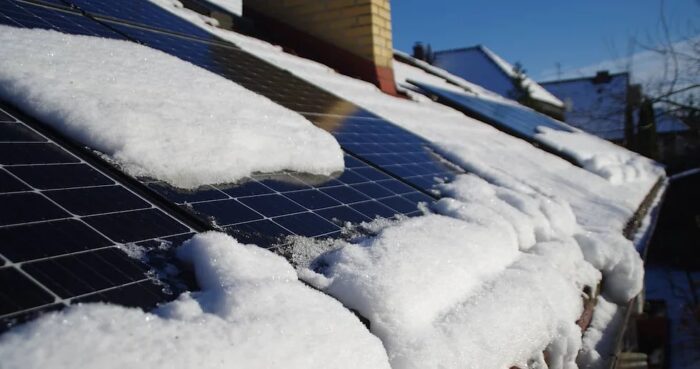
Beyond batteries, the panels themselves become less effective in winter.
Snow reduces surface exposure. Ice blocks light transmission. Even partial covering from frost lowers the output drastically. And because the sun sits lower in the sky, you lose hours of usable charging time.
To get anything useful from your solar panels in winter, you’ll need to:
- Clear them regularly
- Tilt them steeply to prevent buildup
- Use anti-reflective coatings to improve light absorption
- Keep cable connections sealed and waterproofed
The more proactive you are, the less the system will underperform.
Power Solutions That Actually Work in Cold
Solar is not the only option. If you rely on backup power during winter, consider combining solar with propane, diesel, or grid charging when available.
A hybrid setup gives you flexibility. It also lets you top off the batteries when the panels fall short. Many off-grid homeowners and RV users combine solar panels with fuel generators during cold months.
Battery choice still matters. A poor-quality battery won’t hold a charge even if you feed it energy from multiple sources. Quality cells offer the reliability that cold weather demands.
Final Word
Solar generators struggle in cold weather because of chemistry, not branding. Cold slows the chemical reactions in batteries and reduces solar panel output. Unless the generator has been built to handle that stress, performance will drop.
Smart buyers look for cold-rated components, advanced battery tech, and a supplier who knows the difference between marketing claims and real-world performance. Don’t settle for power that fails when the weather turns.
Instead, invest in solar power solutions designed to work, no matter the season.














